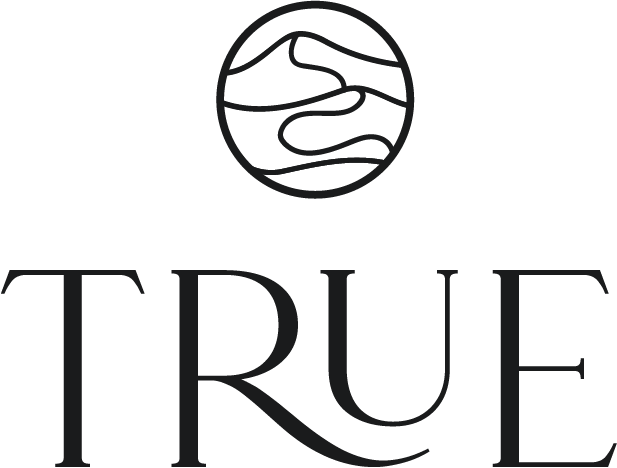Neurobiology & the Five Elements.
If you’ve been with me for a while, you know that nature is my home. That’s why I’ve been drawn to shamanism—but at its core, it’s really nature itself that fuels my fascination. What is the magic behind its healing powers? Traditional Chinese Medicine (TCM) has always intrigued me as another profound healing philosophy. However, I know myself too well—if I fully immersed myself in TCM, I’d probably end up moving to China and leaving everything behind. And that’s not happening! So instead, I decided to start here, with the incrediblebook The TAO of Trauma as a fundamental guide to a yearly long Tao of Trauma Practitioner education, under the wings of Elaine Duncan author of the book.
I’ve read this book at least ten times, and by now, it has become my go-to handbook. The Five Elements framework offers a lens into neurobiology and the nervous system that I had been missing. The practices in the book focus on increasing regulation and interoception, allowing us to process and release what is stored in our system—without being overwhelmed by it. The beauty of this approach is how it integrates Taoist philosophy with modern neurophysiology, weaving together Stephen Porges’ Polyvagal Theory and Peter Levine’s self-protective responses in trauma healing.
Trauma is often multi-symptomatic and frequently overlooked in conventional healthcare. Understanding the essential sequence of trauma healing—doing things in the right order—is crucial. We often rush the healing process, but true restoration of coherence and regulation is a gentle, intimate experience, not a sudden explosion of sensations or reactions. Interoception—the ability to sense our internal state—plays a key role in this. It helps us interpret safety and danger at a gut level, shaping how we navigate our environment.
This book has given me answers I hadn’t found anywhere else. For example, I’ve often noticed that people stuck in freeze states tend to have imbalances in their cardiovascular system—but why? The TAO of Trauma offers a poetic explanation: The water element (kidneys) governs fear, while the heart (fire) seeks protection through the pericardium. When fear arises, we instinctively reach out for connection. If the pericardium—the heart’s first protector—can’t provide safety at that moment, the heart signals a full-body shutdown, leading to a freeze response. As someone deeply fascinated by nature and the nervous system, this makes complete sense to me—it’s pure poetry.
I am now incorporating TAO of Trauma sessions into my Ground Into Your Body packages. If this speaks to you, I’d love to explore it together!

